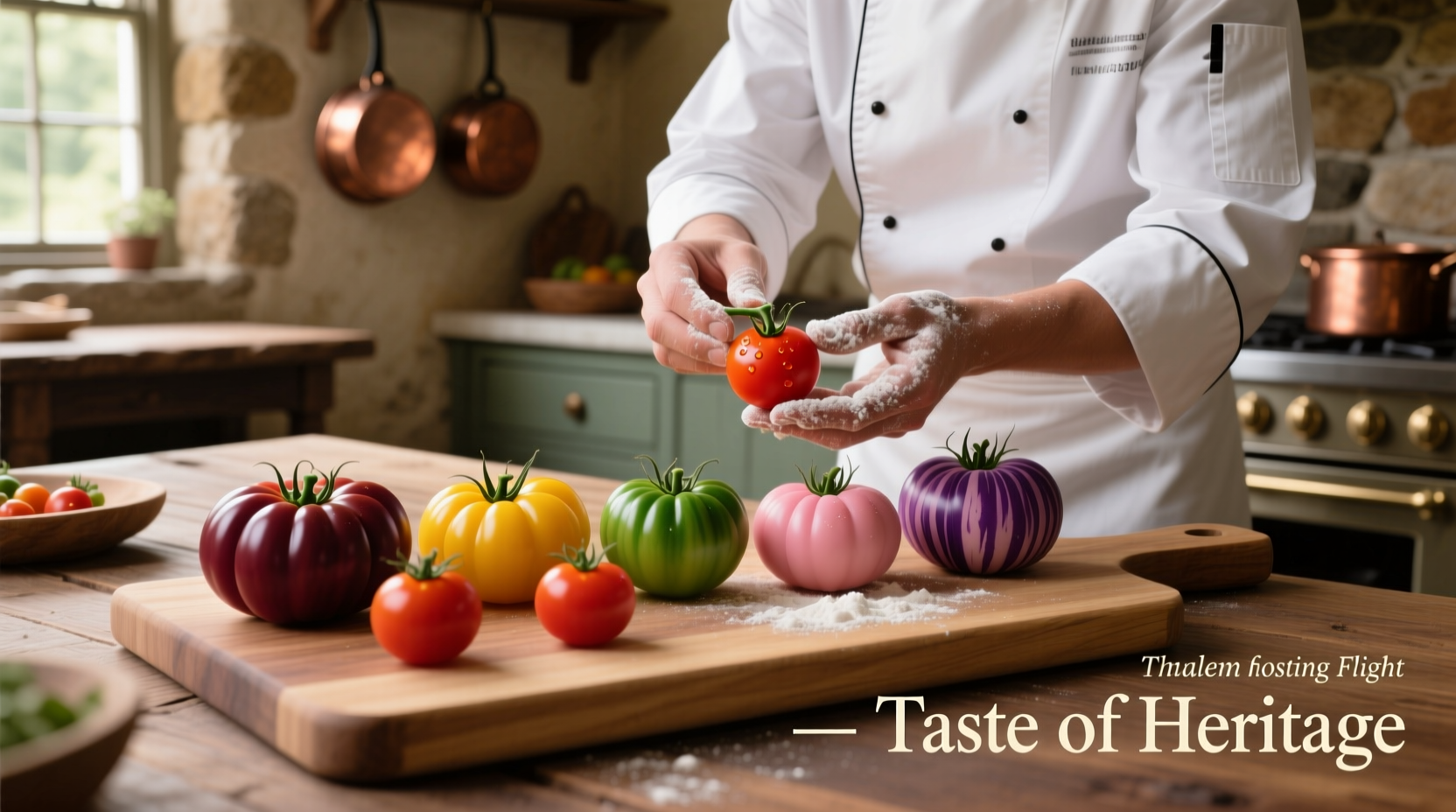While Tomato Bar and Bistro isn't a widely recognized chain, the concept represents an exciting culinary trend where restaurants center their entire menu around this versatile fruit. These specialized establishments focus on showcasing tomatoes in all their forms—raw, roasted, preserved, and even in cocktails—through seasonal menus that highlight peak freshness and regional varieties.
Why Tomato-Centric Dining Is Gaining Popularity
Tomatoes represent one of summer's most abundant and nutritionally rich produce items. According to the USDA FoodData Central, a medium tomato provides 40% of your daily vitamin C needs and contains lycopene, an antioxidant with documented health benefits. Chefs specializing in tomato-focused concepts understand that proper variety selection and preparation techniques can transform this common ingredient into extraordinary dining experiences.
| Tomato Variety | Best Culinary Use | Peak Season |
|---|---|---|
| Brandywine | Slicing for sandwiches, caprese | July-August |
| Cherry | Salads, roasting, skewers | June-September |
| Roma | Sauces, preserves, sun-drying | August-October |
| Green Zebra | Pickling, salsas, grilled dishes | July-September |
Your Complete Tomato Dining Experience
What to Expect When Visiting a Tomato-Focused Establishment
When you step into a true tomato bar and bistro concept, you're entering a culinary experience designed around seasonal availability. During peak summer months, expect menus featuring:
- Tomato tasting flights showcasing 3-5 heirloom varieties with complementary accompaniments
- Innovative tomato cocktails using house-made tomato shrubs or infused spirits
- Preservation stations where chefs demonstrate canning techniques for off-season enjoyment
- Regional specialty dishes highlighting how different cultures incorporate tomatoes

Behind the Seasonal Menu Rotation
Understanding tomato bar seasonal menu planning requires knowledge of agricultural cycles. Most tomato-focused establishments follow this progression:
- Early summer (June): Light preparations featuring the first delicate varieties like Yellow Pear tomatoes in salads and chilled soups
- Mid-summer (July-August): Peak abundance with heirloom varieties starring in caprese variations, tomato tartares, and fresh sauces
- Late summer (September): Preservation-focused menus with sun-dried tomatoes, roasted tomato spreads, and tomato-based conserves
- Off-season (October-May): Creative uses of preserved tomatoes, fermented tomato products, and greenhouse varieties
Practical Tips for Tomato Lovers
Even if you can't visit a dedicated tomato-focused bistro near me, you can incorporate these professional techniques at home:
- Room temperature storage: Never refrigerate ripe tomatoes as it destroys flavor compounds
- Selective salting: Salt tomatoes 10-15 minutes before serving to enhance natural sweetness
- Vine-ripened selection: Look for tomatoes with green shoulders indicating proper ripening
- Acid balancing: A touch of sherry vinegar can elevate tomato flavors without overpowering
Understanding Tomato Bar Concept Limitations
While appealing, the tomato bistro concept explained has important constraints to understand:
- Seasonal dependency: Authentic tomato-focused menus change dramatically throughout the year
- Regional availability: True heirloom varieties may be limited outside agricultural regions
- Menu limitations: During off-seasons, menus may incorporate preserved products rather than fresh tomatoes
- Geographic concentration: Most dedicated tomato bars exist in agricultural regions or foodie destinations
According to agricultural data from the National Agricultural Library, tomato production follows strict seasonal patterns that even the best restaurants cannot overcome. This explains why many establishments claiming to be "tomato bars" actually incorporate preserved products during winter months rather than serving fresh, locally-sourced tomatoes year-round.
Creating Your Own Tomato Experience at Home
You don't need to find a specialty tomato bar near me to enjoy this culinary concept. Try these approaches:
- Tomato tasting night: Purchase 3-4 different heirloom varieties and compare flavors with simple preparations
- Preservation projects: Make your own sun-dried tomatoes or tomato conserves for off-season use
- Cocktail experimentation: Create tomato shrubs using equal parts tomato, sugar, and vinegar
- Seasonal menu planning: Structure your summer meals around tomato availability











 浙公网安备
33010002000092号
浙公网安备
33010002000092号 浙B2-20120091-4
浙B2-20120091-4